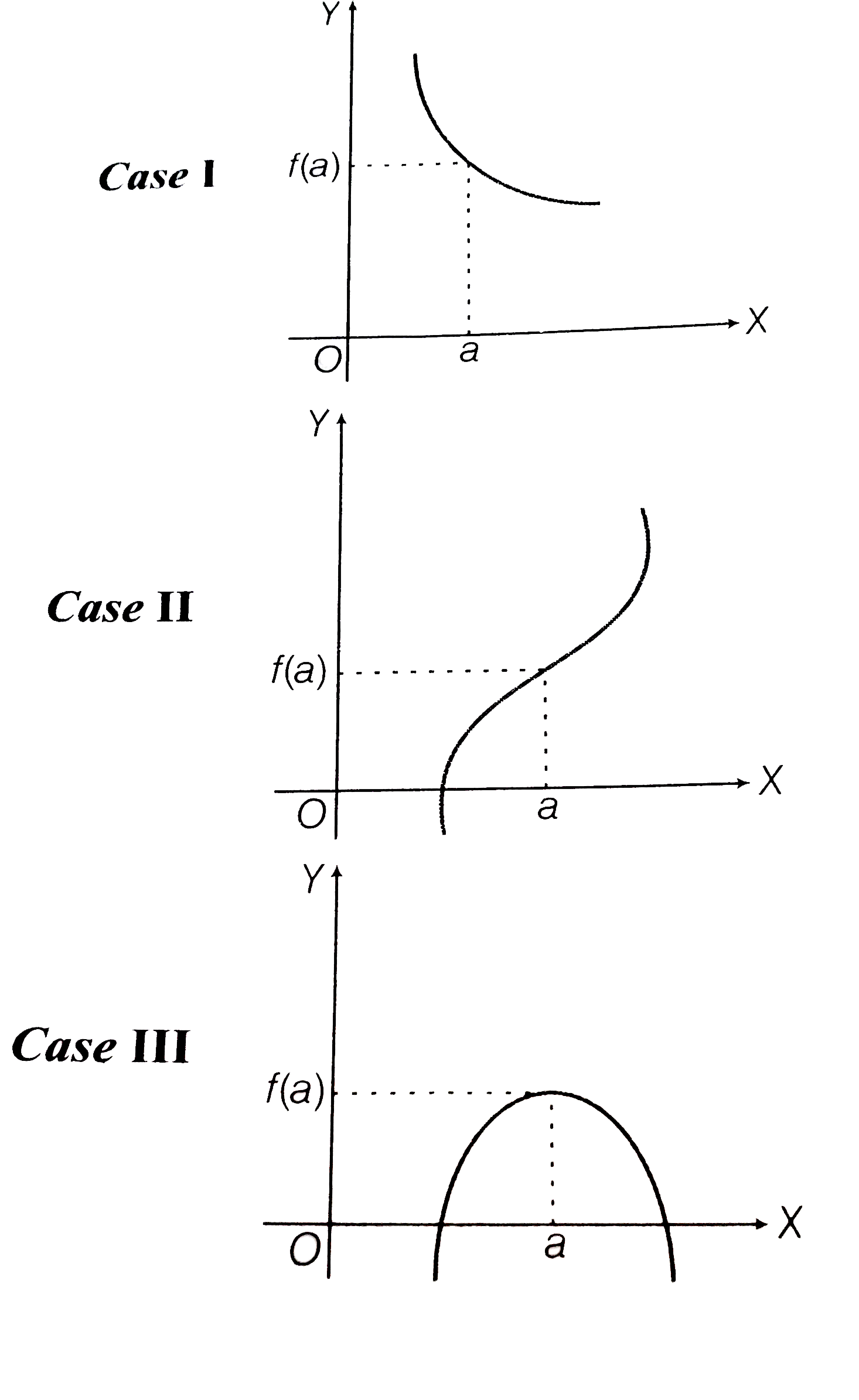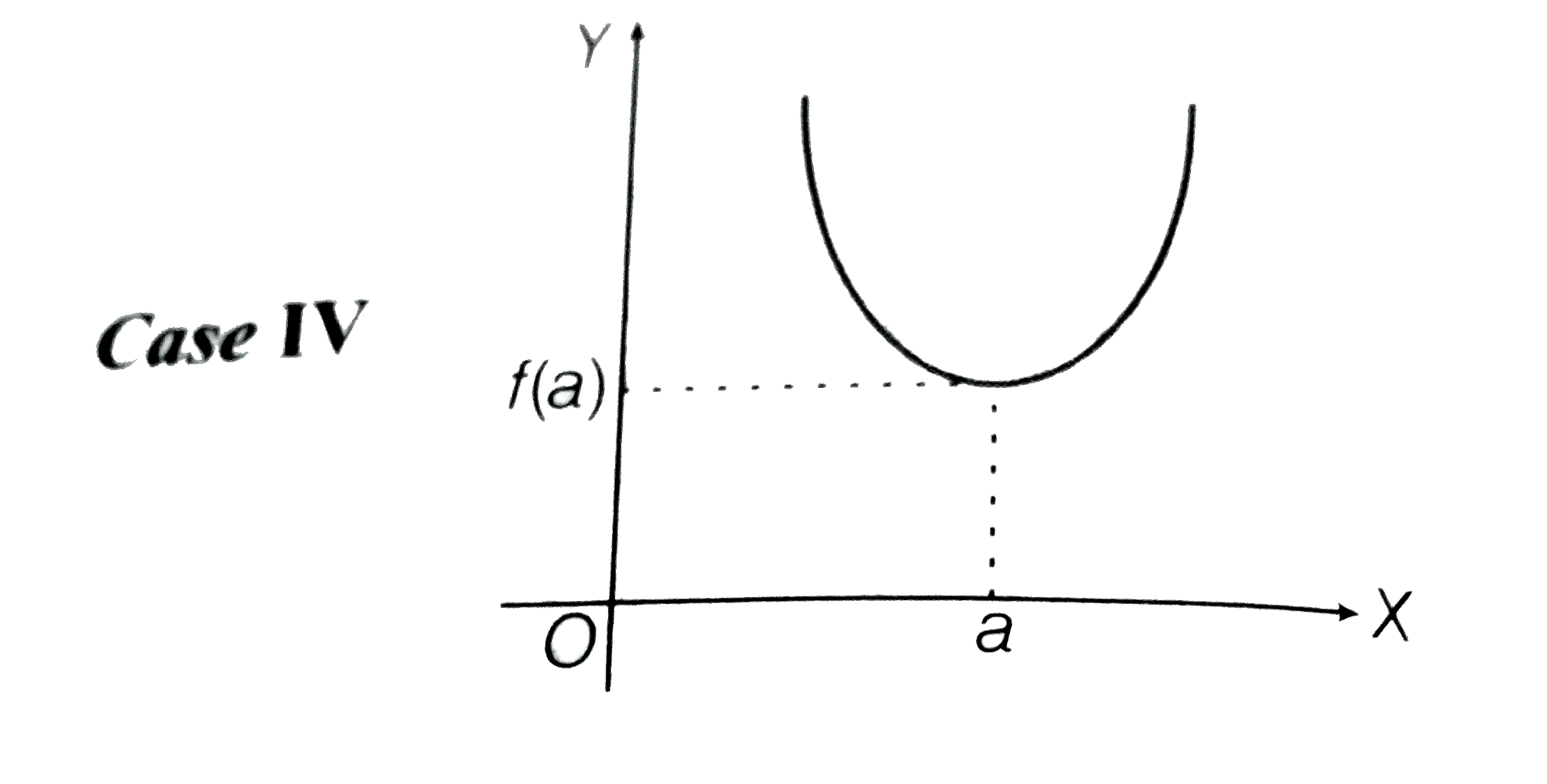If f(x)=13(f(x+1)+5f(x+2)) and f(x)>0,∀xεR, then limx→∞f(x) is Solution in Punjabi
0
√25
√52
∞
The correct Answer is:C
Step by step video & image solution for If f(x)=1/3(f(x+1)+5/(f(x+2))) and f(x)gt0,AA x epsilonR, then lim_(xto oo)f(x) is by Maths experts to help you in doubts & scoring excellent marks in Class 12 exams.
Updated on:21/07/2023Topper's Solved these Questions
- LIMITSBOOK - ARIHANT MATHSCHAPTER - LIMITSEXERCISE - Exercise (More Than One Correct Option Type Questions)
15 Videos
- LIMITSBOOK - ARIHANT MATHSCHAPTER - LIMITSEXERCISE - Exercise (Passage Based Questions)
10 Videos
- LIMITSBOOK - ARIHANT MATHSCHAPTER - LIMITSEXERCISE - SOLVED EXAMPLES
1 Videos
- INVERSE TRIGONOMETRIC FUNCTIONSBOOK - ARIHANT MATHSCHAPTER - INVERSE TRIGONOMETRIC FUNCTIONSEXERCISE - Exercise (Questions Asked In Previous 13 Years Exam)
8 Videos
- LOGARITHM AND THEIR PROPERTIESBOOK - ARIHANT MATHSCHAPTER - LOGARITHM AND THEIR PROPERTIESEXERCISE - Exercise (Questions Asked In Previous 13 Years Exam)
4 Videos
Similar Questions
If limx→∞4x(π4−tan−1(x+1x+2))=y2+4y+5 then y can be equal to
View SolutionIf limx→af(x)=1 and limx→ag(x)=∞ then limx→a{f(x)}g(x)=elimx→a(f(x)−1)g(x)
limx→0(sinxx)sinxx−sinx is equal to
View SolutionTo evaluate limx→a[f(x)], we must analyse the f(x) in right hand neighbourhood as well as in left hand neighbourhood of x=a. E.g. In case of continuous function, we may come across followign cases.


Iff(a) is an integer, the limit will exist in Case III and Case IV but not in Case I and Case II. If f(a) is not an integer, the limit exists in all the cases. ltbgt If f'(1)=−3 and limx→1[f(x)−12] does not exist, (where [.] denotes the greatest integer function), then
View SolutionIf α=3sin−1(611andβ=3cos−1(49), where the inverse trigonometric functions take only the principal values, then the correct options (s) is (are)
View SolutionIn Which quadrant Point (−2,−3) will be lie.
View SolutionA function y=f(x) satisfies (x+1)f′(x)−2(x2+x)f(x)=(ex)2(x+1),∀x≻1. If f(0)=5, then f(x) is
View Solutionf(x)=(ax^(2)+1)/(x^(2)+1),lim_(x rarr0)f(x)=1 and lim_(x rarr oo)f(x)=1, then prove that f(-2)=f(2)=1
View SolutionIf f(x)=(1)/(3){f(x+1)+(5)/(f(x+2))} and f(x)>0,7x in R then lim_(x rarr oo)f(x) is and f(x)>0,7x in R
View SolutionIf f(x)=(1)/(3){f(x+1)+(5)/(f(x+2))} and f(x)>0 foe all x in R, then lim_(x rarr oo)f(x) is
View SolutionLetf:R→R be a real function. The function f is double differentiable. If there exists n∈N and p∈R such that limx→∞xnf(x)=p and there exists limx→∞xn+1f(x),then
limx→∞xn+2f''(x) is equal to
View SolutionIf a function satisfies the relation f(x)f''(x)−f(x)f'(x)=(f'(x))2∀x∈Randf(0)=f'(0)=1, then
The value of limx→−∞f(x) is
View SolutionConsider f(x)=sin−1(x+32x+5),g(x)=sin−1(ax2+bx2+5).
If Limx→∞(f(x)−g(x))=0andLimx→∞(f(x)+g(x))=π4, then find the value of (a+b2).
View SolutionIf the function, f:[1,oo]to [1,oo] is defined by f(x)=3^(x(x-1)) , then f^(-1)(x) is
View SolutionLet f(x)<0∀x∈(≡∞,0)andf(x)>0∀x∈(0,∞) also f(0)=o, Again f'(x)<0∀x∈(−∞,−1)andf'(x)>∀x∈(−1,∞) also f'(−1)=0 given limx→∞f(x)=0andlimx→∞f(x)=∞ and function is twice differentiable.
If f'(x)<0∀x∈(0,∞)andf'(0)=1 then number of solutions of equatin f(x)=x2 is :
View SolutionLet f(x)<0∀x∈(−∞,0)andf(x)>0∀x∈(0,∞) also f(0)=0, Again f'(x)<0∀x∈(−∞,−1)andf'(x)>∀x∈(−1,∞) also f'(−1)=0 given limx→∞f(x)=0andlimx→∞f(x)=∞ and function is twice differentiable.
The minimum number of points where f'(x) is zero is:
View SolutionIf f(x) is a polynomial in x(>0) satisfying the equation f(x)+f(1/x)=f(x).f(1/x) then f(x)=
View Solution
